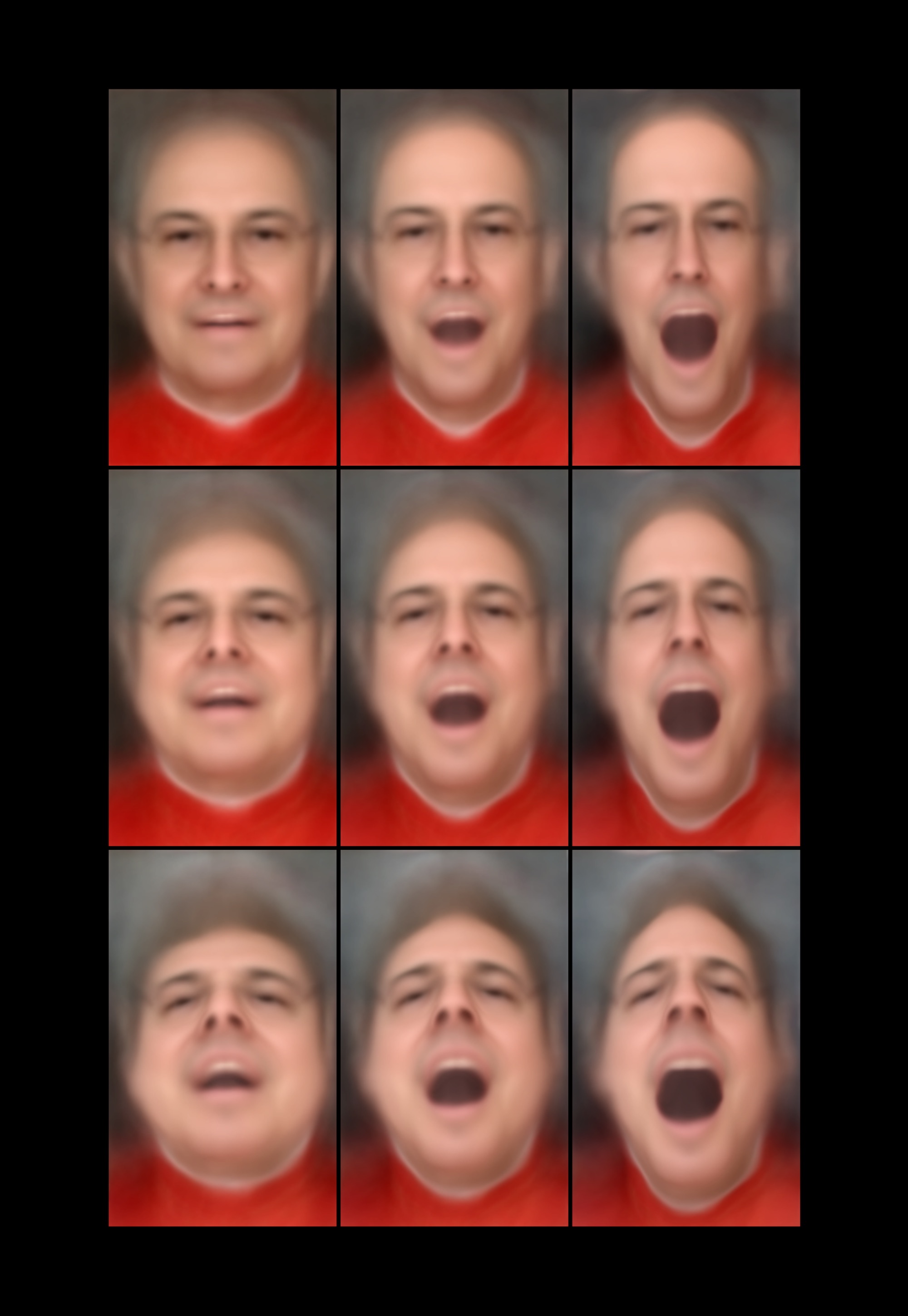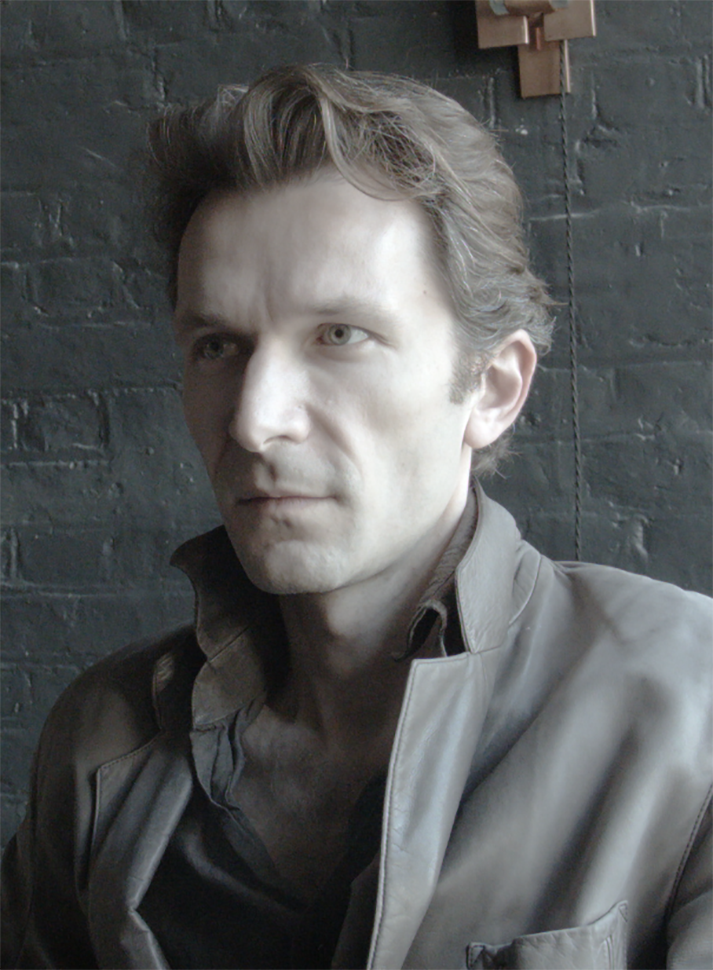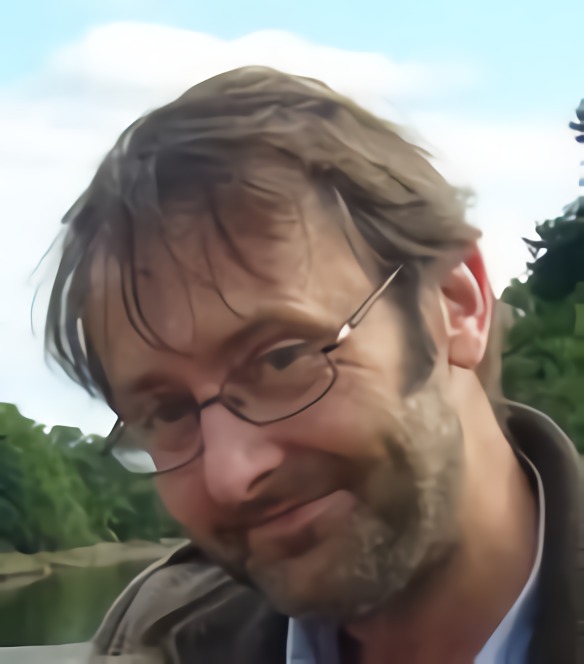

Medium: Dominant modes of a shape & appearance generative model trained on all cardinals of the Catholic Church and 681 male faces in self-reported sexual ecstasy; chromogenic print; electroluminescent paper; half-silvered acrylic, 2018
A cardinal mark of the mental is its intentionality: connecting with reality while remaining non-identical with it. Perception, as the rabbit/duck figure elegantly illustrates, is inherently intentional---we see either a rabbit or a duck whereas the stimulus is both---but the tight correspondence between the object and its representation hides this from view. In imagination, by contrast, the object synthesised corresponds so loosely to anything before us that its intentional structure is laid bare. But without some correspondence to reality it is more natural to speak of hallucination, for the purpose of imagination is ultimately to illuminate the boundaries of the real.
As we, amongst others, have shown, intentionality is not exclusive to the living. Given a comprehensive collection of objects, a machine complex enough to learn the high-dimensional space of possible appearances may be used to condense it into one, archetypal, canonical, essential instance. Here imaginative synthesis is directed towards the centre of variation of a family of objects. The resultant image is both inexistent---nothing in the world corresponds to it---yet not only grounded in reality but exhaustive of it, for it has been informed by every single instance. Not only is this true imagination, it has arguably greater synoptic power than any human counterpart.
Here we go further. We use high-dimensional generative modelling not only to condense families of objects into their canonical centroids, but to transfer properties between them. This is second-order imagination, in that the machine has learnt not only the space of possible appearances of two particular kinds, but latent connections between them that amplify the space on both sides. Abstracting the notion of emotional expression, our machine re-imagines the faces of those who may have never experienced it from those who have.
Our choice of expression---sexual ecstasy---and recipient---a religious order---is neither light-hearted nor critical of either. Rather, it is in recognition that the historically most potent expression of our commonalities (including their negation) has been religious, all the more potent for being expressed in feeling rather than in thought, for rationality is definitionally susceptible to rejection, while emotion need not be. And the moment at which we are all uniformly one, is surely the moment of sexual union.
Transfer synthesis here is also in the materials: chromogenic printing fuses digital lasers with analogue photography, electroluminescent paper chemistry with electricity, silvered acrylic plastic with sublimated metal. The panel structure is a 3 X 3 matrix, an icon of the mathematical building block of our models, the properties of the depicted smoothly covarying across the matrix, as biology near-universally does.

Parashkev Nachev is a neurologist and cognitive neuroscientist with an interest in the intersection between high-dimensional models of biology and anti-reductive reasoning and practice in art.

John Ashburner is a neuroscientist and computational anatomist whose generative models of brain imaging underpin the most widely used computational framework for relating structure to function in the human brain.
